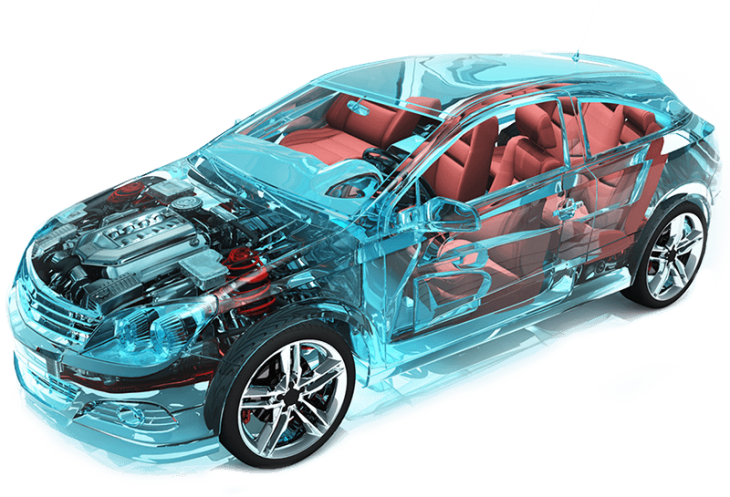One of the first things they teach in any diagnostician or engine mechanics course is about two main sensors: the crankshaft position sensor and the camshaft position sensor. The reason is, these two play a vital role in getting the engine to start in the first place, and to keep it idling and running at a constant, smooth pace. So these, especially the crankshaft sensor, are the first items on our checklist when the car doesn’t start or idles roughly.
The crankshaft position sensor, or CPS for short, is one of the more ingenious inventions relating to internal combustion engines due to its fairly simple concept and design and yet terribly important role in the operation of the engine. Before these things came along, engines relied on what was called a distributor for synchronizing the timing of fuel injection in diesel and ignition spark in petrol engines. And to get that sync, the distributor had to be manually adjusted to timing marks fitted for that purpose. Put simply, the CPS makes this process automatic.
As the name clearly suggests, the CPS reads the position of the crankshaft at any given second. That data is then fed to the engine’s electronic brain, which uses the position of the Crankshaft to determine which piston is at what point in the cycle. In modern cars the CPF is aided in this by the camshaft sensor so the computer gets a most precise idea of where everything is and synchs the cycle perfectly. What is more, it is the CPS which gives you the rpm in formation by counting the rotational speed of the crank. The way the Crankshaft Position Sensor operates is fairly simple. The most simple ones are the inductive sensors which are located in a position right up against the flywheel which (again, in the simplest form of this combo) has one or two teeth deliberately taken out. As the flywheel rotates and those missing teeth pass the CPS, the sensor sends an electronic signal to the ECU notifying it that a revolution has been done and in this way the engine computer also known where everything inside the engine is.
As for the signs of a bad crankshaft position sensor, one of the biggest telltale signs is rough idling. It could also affect the acceleration of the car, and in the worst-case scenario it could stop the engine from turning over. But as mentioned above, the CPS (at least the inductive kind) has a simple design and not much that can go wrong in it. That is why the first test of a crankshaft sensor is to check the wiring. The sensor itself could get damaged due to exposure to extreme heat, or just old age. Some modern engines use Hall effect and magnetoresistive sensors instead of inductive, which are more precise but like everything else modern in cars these days, more prone to going wrong.
The cost of a crankshaft position sensor depends on the make and model of your car, but they are usually not the priciest sensors in the engine bay, and as mentioned they have a pretty long lifespan as well. Swapping a CPS is also a fairly straight forward job – although that depends on where it is located in an engine and how easy it is to gain access to it.









